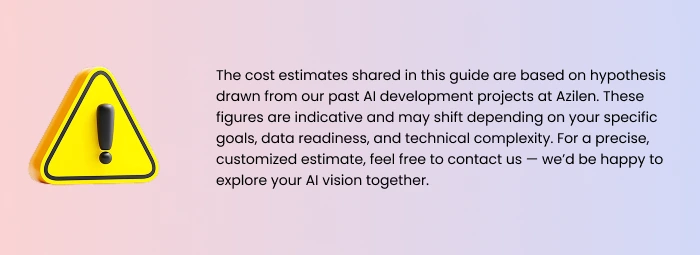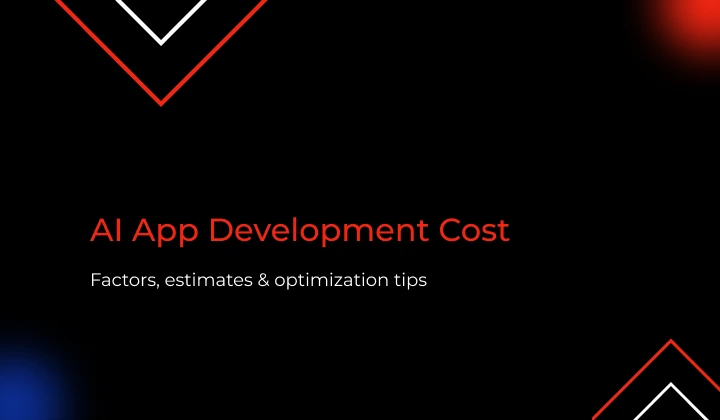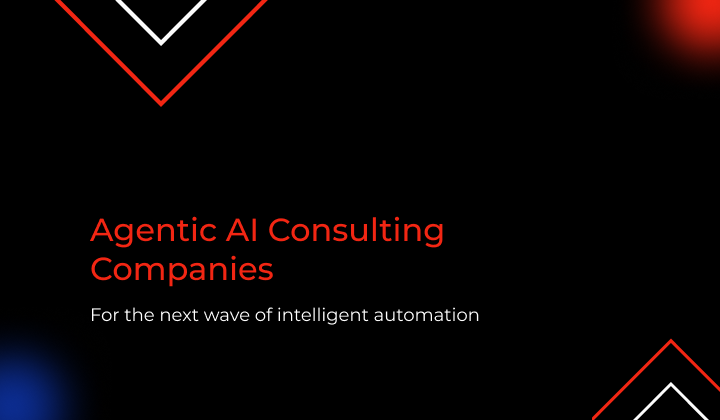Every founder, CTO, and product owner wants to launch the next breakthrough AI app.
But before the first line of code or model fine-tune, there’s one burning question – How much does it cost to build an AI app?
This blog breakdown unpacks everything that shapes AI app development cost in 2025, from tech layers and real pricing benchmarks to practical strategies that keep innovation fast and financially efficient.





 9 mins
9 mins











 Talk to Our
Consultants
Talk to Our
Consultants Chat with
Our Experts
Chat with
Our Experts Write us
an Email
Write us
an Email







